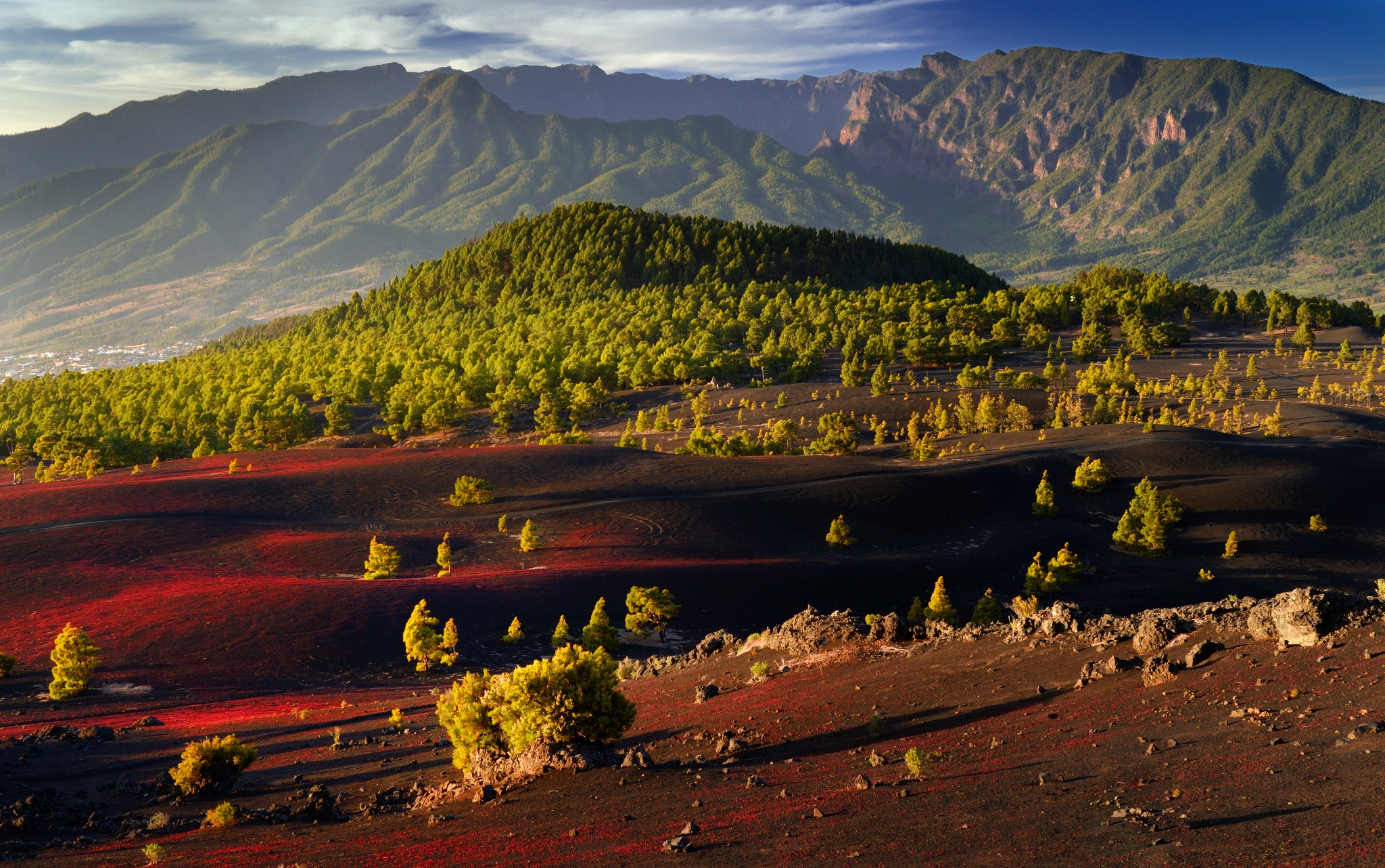National Parcs
1. Teide National Park, Tenerife
Home to Mount Teide, Spain’s highest peak and a UNESCO World Heritage site. The park offers stunning volcanic landscapes and is popular for hiking and stargazing.
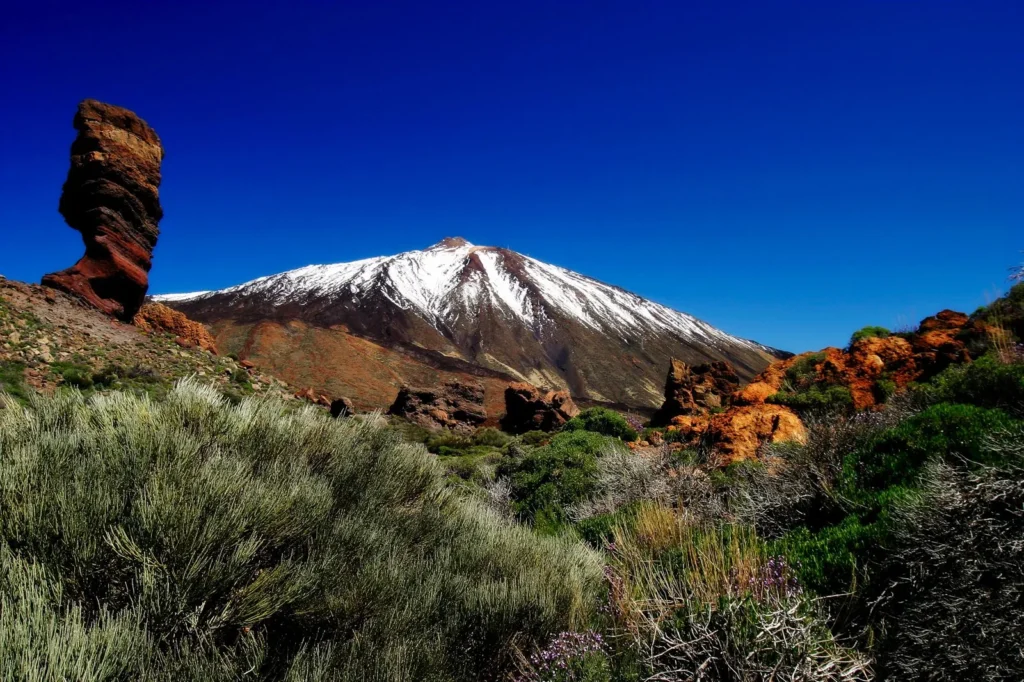
2. Timanfaya National Park, Lanzarote
Known for its otherworldly volcanic landscapes and geothermal activity. Visitors can take guided tours to see the park’s unique terrain.

3. Dunes of Maspalomas, Gran Canaria
A spectacular natural reserve with vast sand dunes, beautiful beaches, and a lagoon. It’s a popular spot for sunbathing, camel rides, and exploring.
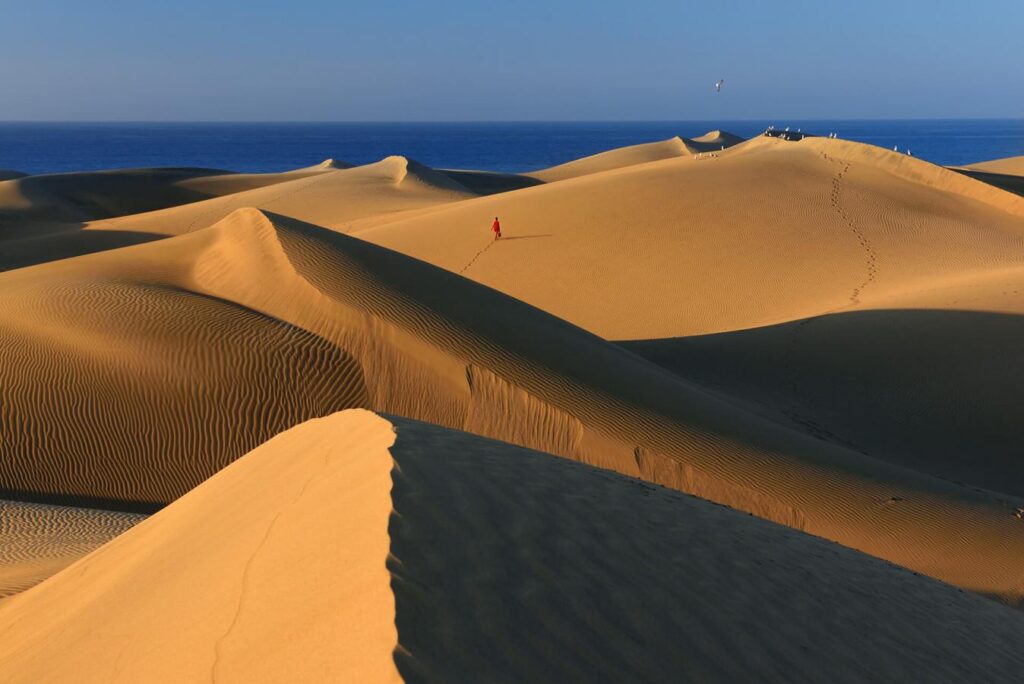
4. Loro Parque, Puerto de la Cruz, Tenerife
A renowned zoo and botanical garden featuring a an incredible variety of animals, including parrots, dolphins, and orcas. It also features live marine shows, a large aquarium and lush gardens.
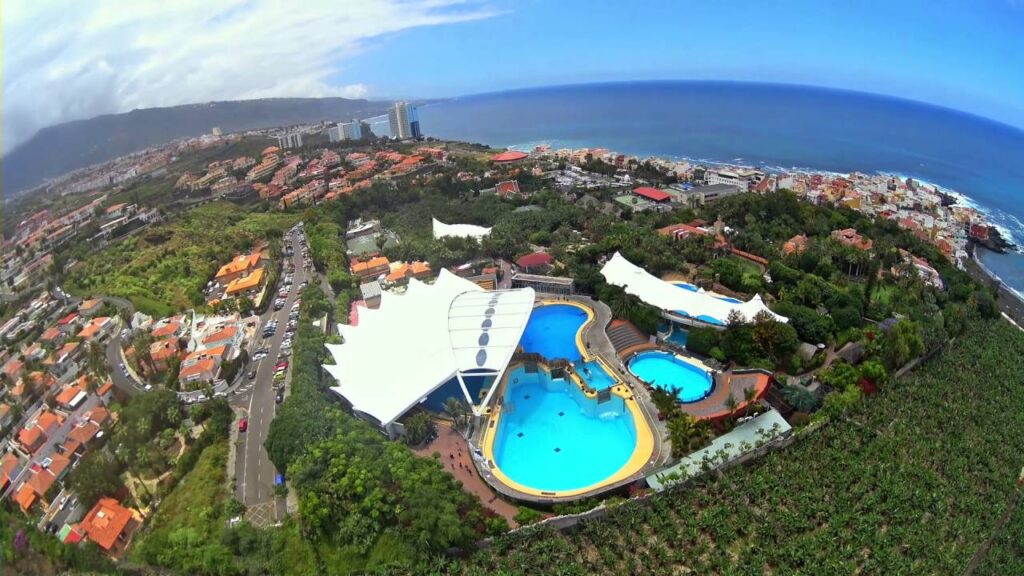
5. Cueva de los Verdes, Lanzarote
A stunning lava tube formed by volcanic activity. Visitors can take guided tours to explore the underground passages.
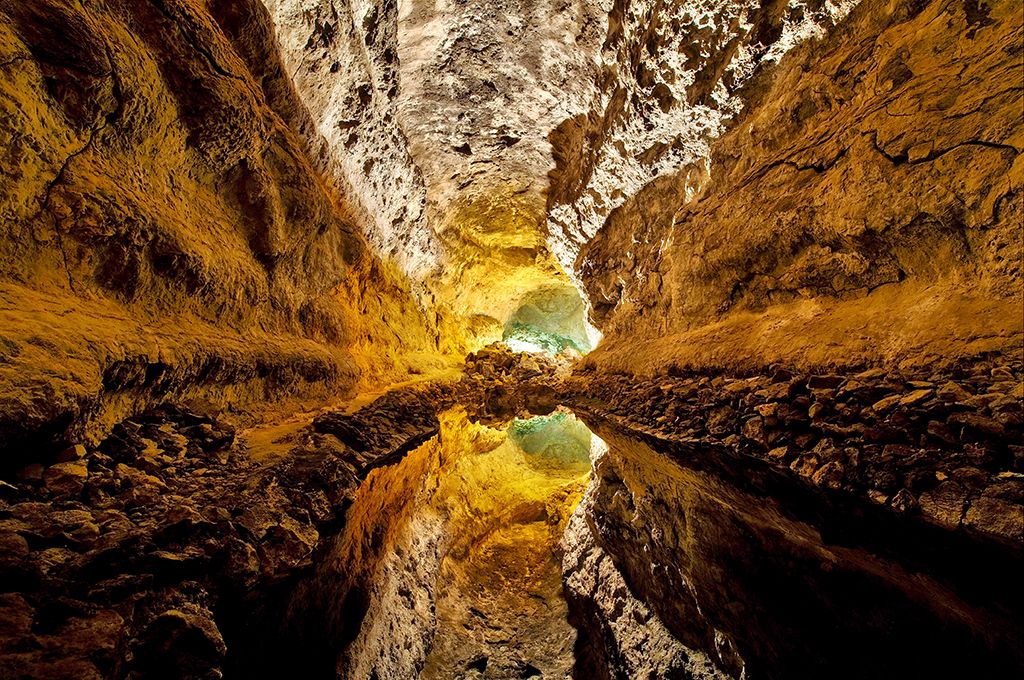
6. Garajonay National Park, La Gomera
A UNESCO World Heritage site known for its dense laurel forest, hiking trails, and rich biodiversity. See also: The Laurel Forest of La Palma.
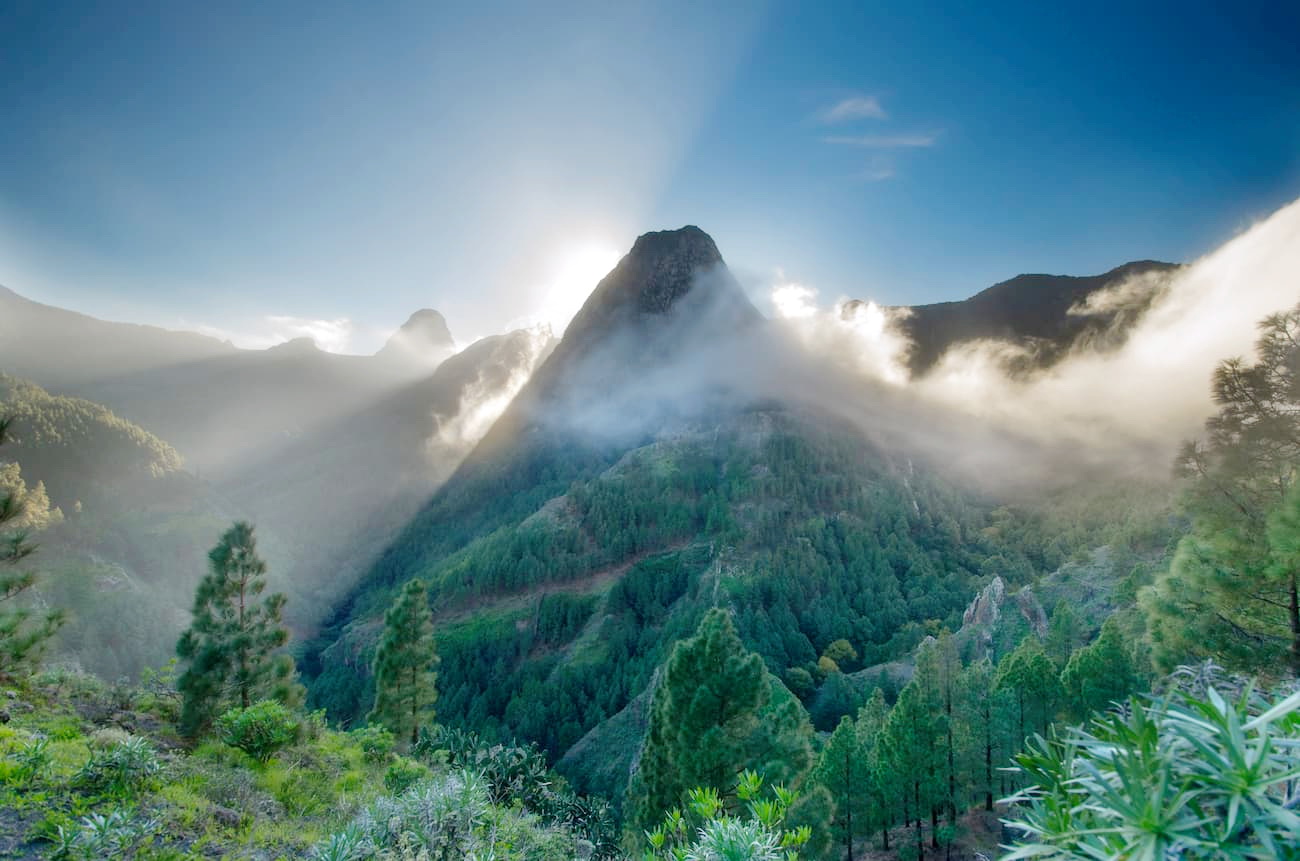
7. Caldera de Taburiente National Park, La Palma
A vast volcanic crater, about 6km across features deep ravines, waterfalls, and lush vegetation gives you a Grand Canyon feeling. It’s a great spot for hiking and observing nature. Starting off at the bottom, above Tazacorte one can enter the crater along the mostly dry riverbed and occasional pools and a picturesque waterfall pool. Another entry is made from the top, on the southern edge, called the Comprecita, where there is a controlled 1 hour hiking trail which features a breathtaking outlook over the whole canyon.
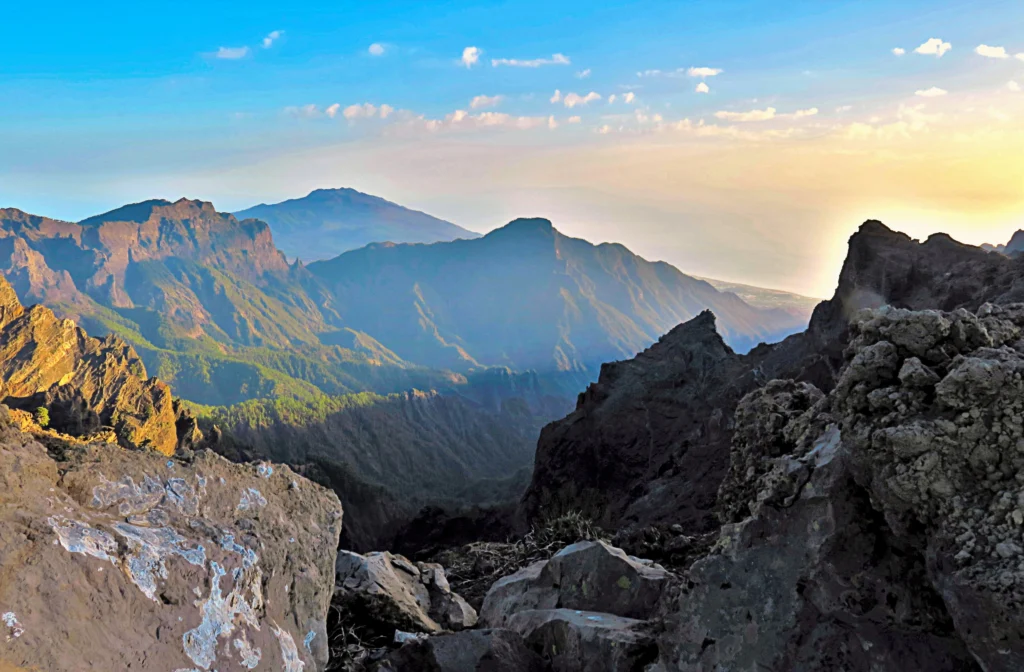
8. The Laurel Forests of La Palma
The laurel forests of La Palma, known locally as “laurisilva,” are a botanical treasure, offering invaluable insights into plant ecology, evolution, and conservation. Their unique biodiversity and historical significance make them an essential focus for scientific research and conservation efforts and gave the island the name “Europe’s Galapagos”.
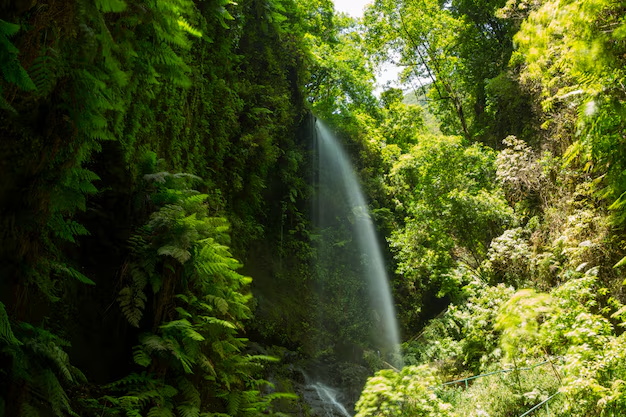
The laurel forests of La Palma are primarily located in the northeastern part of the island within the Los Tilos Forest and the Cubo de la Galga area. These forests thrive in the humid, subtropical climate of the Canary Islands, characterized by frequent mist and moderate temperatures. The constant moisture from trade winds contributes to the lush, evergreen nature of the laurisilva. The laurel forests are home to a rich diversity of plant species, many of which are endemic to the Canary Islands. Notable species include laurel trees (Laurus novocanariensis), viñátigo (Persea indica), til (Ocotea foetens), and fayal-brezal (Morella faya and Erica arborea). The undergrowth is equally rich, with ferns, mosses, and lichens carpeting the forest floor.
The laurel forests are considered living relics of the Tertiary period, offering a glimpse into the ancient subtropical forests that once covered much of the Mediterranean region. Studying these forests helps botanists understand historical climate conditions and vegetation patterns.
The high level of endemism makes these forests crucial for studying speciation, adaptation, and conservation biology. Botanists can explore how isolated ecosystems like the Canary Islands contribute to the development of unique species.
Botanists today are investigating how climate change affects the laurel forests, particularly in terms of temperature changes, altered precipitation patterns, and increased frequency of extreme weather events.
